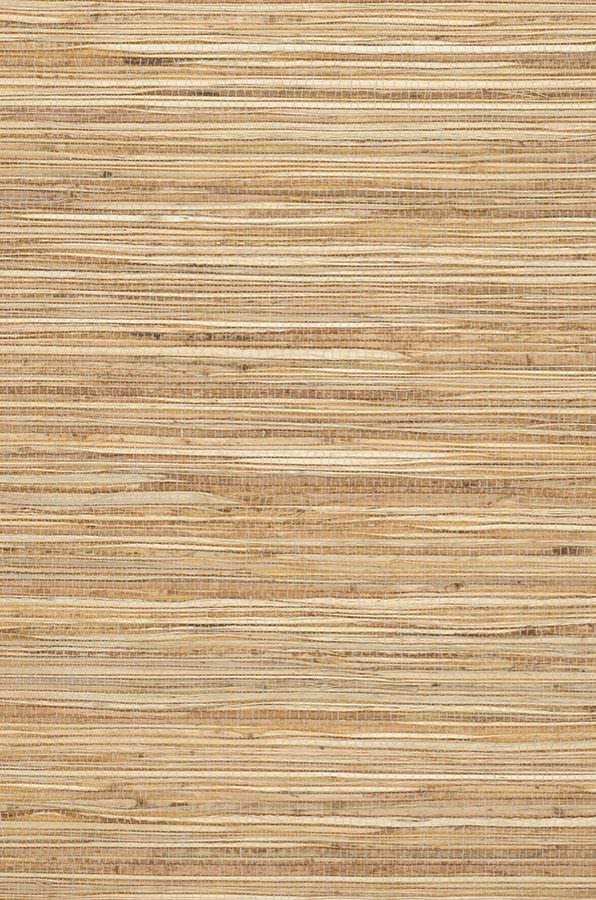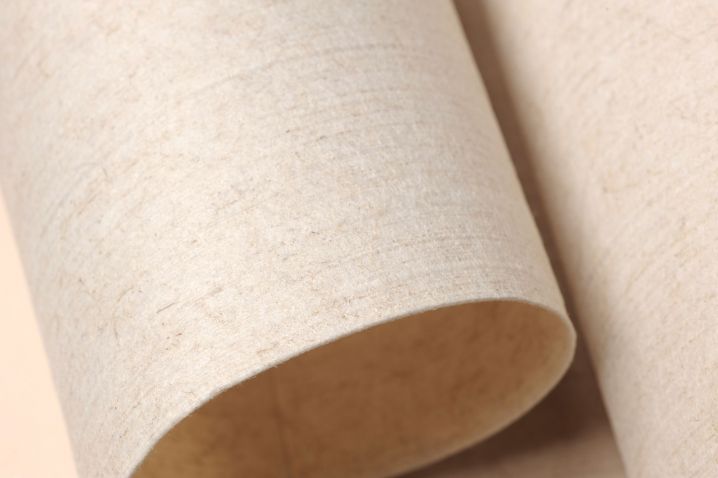Which are the main types of wallpaper material?
I know nothing about wallpapers, and I am confused by the many different types of wallpaper materials I see online. Which are the main types and why should it matter to me?
Aart,
Leiden, Netherlands
Dear Aart,
I understand how you can be puzzled by the various types of wallpaper material available on the market. Don’t worry, that’s what I am here for!
Which are the main types of wallpaper materials?
The most common wallpapers available on the market are made of one of the following materials:
Paper wallpaper
The original wallpaper is made from just paper, you know, the one made from trees! It has that classic matte look many people want. In order to be put up, this type of wallpaper needs to be soaked with wallpaper paste for the amount of time given in the instructions that come with it.
Non-woven wallpaper
Non-woven wallpaper is a combination of textile fibres, cellulose and a binding agent. This creates a flexible and durable material. It can be hung by applying the wallpapering paste directly to the wall, without having to soak it first. It can also be removed from the wall in a dry state, leaving no traces behind. Non-woven models are more stable and robust than paper-based ones. This is why they are currently the most popular type of wallpapers on the market.
Vinyl wallpaper
Vinyl wallpaper is composed of a paper or non-woven carrier layer (the side you stick to the wall), and a top/surface layer made of vinyl. This is a common type of plastic, also used to make records, carpets, linoleum flooring, etc. It is by far the most robust and durable wallpaper option. As it’s dirt- and moisture-repellent, you can even use vinyl wallpaper in your kitchen and bathroom.

Natural wallpaper
Natural wallpaper is available in a variety of natural fibres like grass, bamboo, cork, banana leaves, sisal, jute, and other sustainable materials. They generally consist of a paper or non-woven carrier layer and a top layer made of the natural fibres. Unlike other materials, natural wallpapers usually are not printed over - they simply boast a natural look. They provide good sound and heat insulation, are breathable and moisture-regulating.
Self-adhesive wallpaper
Relatively new to the market, this type of wallpaper comes with a self-adhesive back protected by plastic foil. The backing is sticky and ready to be applied without any additional wallpapering paste. All you need to do is peel the foil from the back and hang your wallpaper. Self-adhesive wallpapers are made either of non-woven material or PVC (a type of plastic). They can be attached and removed several times and even re-used in a different room. They are designed for people looking for more temporary wallpaper options, for example renters.

With regards to your question which wallpaper material to choose, it depends on the characteristics you are looking for:
My wallpaper should be washable
If you want to be able to clean away stains from your wallpaper with a wet cloth or install it in a wet room like your bathroom, you should opt for a vinyl wallpaper model.
I need a breathable wallpaper material
While you can find “breathable” wallpaper made from a number of materials, if this is your main concern you should choose a non-woven, paper-based or natural model. They allow air and moisture to pass through, which is important in rooms where humidity levels fluctuate. Please note that the type of wallpapering paste used when hanging the wallpaper can also affect breathability!

I want an ecologically sound wallpaper material
The most obvious answer is to pick a natural wallpaper, although non-woven and paper-based models can also be eco-friendly. If you are serious about this issue, you need to make sure the model you choose is certified by a recognised organisation. Don’t forget to use an ecological adhesive to install it!
Your wallpaper expert
Isabel
Further questions
- Can I wallpaper the shower? Pablo29 January 2024
- Do you need to prime plaster walls before wallpapering? Cameron5 January 2024
- What does pattern repeat and pattern match mean? Marianne2 December 2023
- Can I wallpaper over tiles? Alejandro15 December 2023
- How to keep every type of wallpaper clean? Águeda18 March 2024
